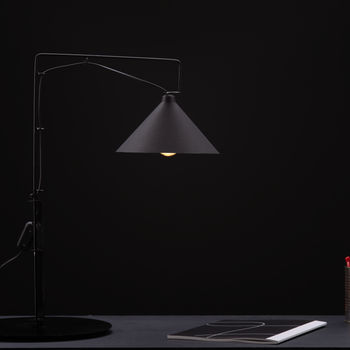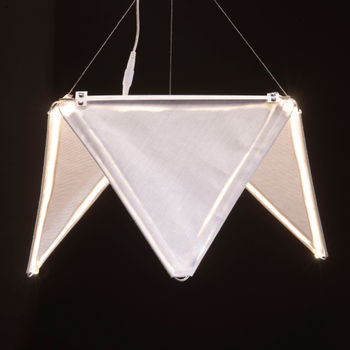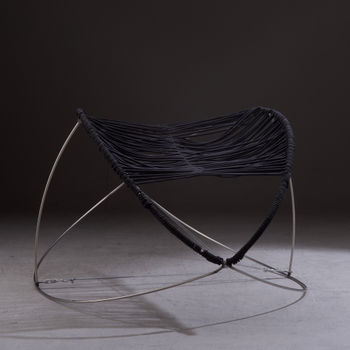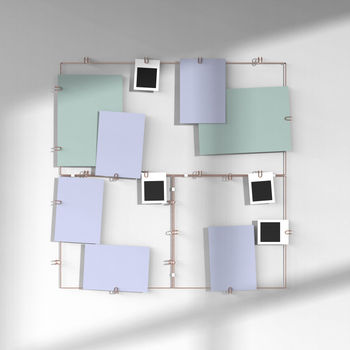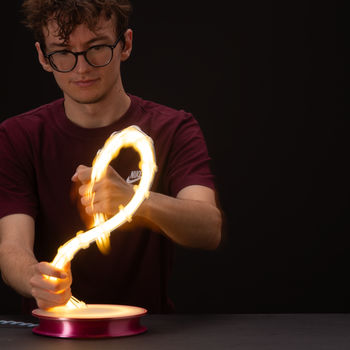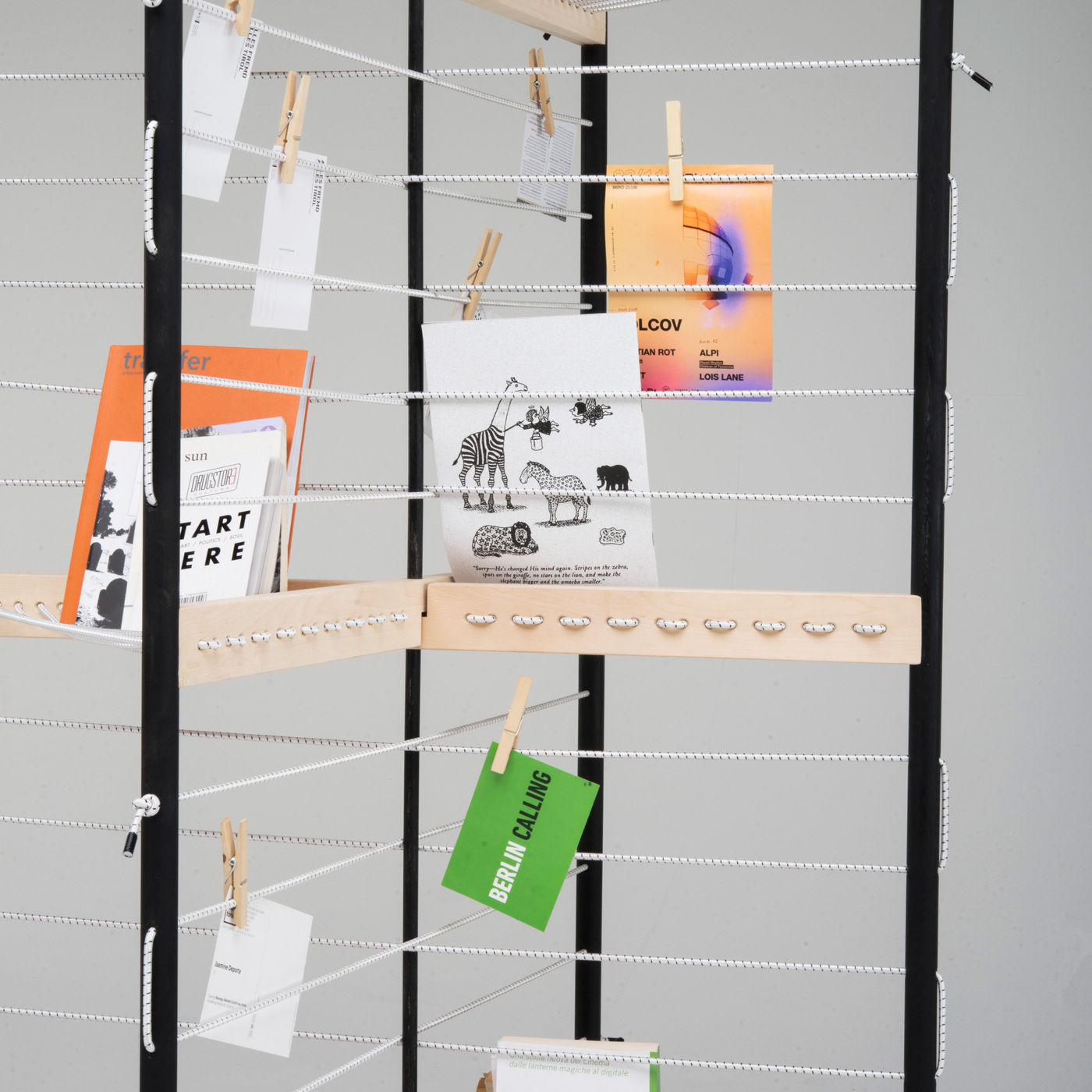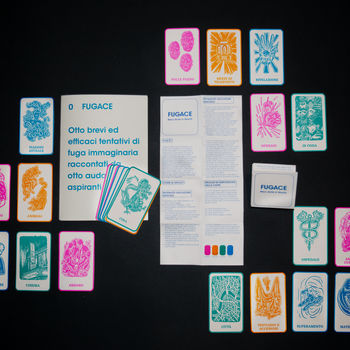ICS 310.
Rebecca Morando
The Migration of Forms
Final Project
ICS 310.
This project intends to challenge our ability to generate and realize a final prototype of a product design project, in the context of the semester topic.
Following the assignment, we had to create a new product with a transfer from something already existing, something from the past or just from another field of usage. One of the goals of this design project was to make use of the visual archive assembled during our field-trips to Palermo and Dietenheim, both as a reference and source material for inspiration.
The concept of my project starts from the traditional object that I discovered in the Museum of Folk Traditions in Dietenheim; in particular, I focused on the joint mechanism that makes the structure stable and forms an opening and closing system just by fitting the central pieces together. My second source of inspiration was the different types of looms I saw both in Sicily and in Dietenheim again.
My idea was to mix and transfer my two sources of inspiration, the frame in wood and the strings of the loom, by creating a frame that allows containing the tension of the strings. The result is a light, unusual shelf or stands for exhibitions and museums; it can be used at 360 degrees and flyers, brochures or books can be stored or hang on it.
This final prototype is made in Birch solid wood and elastic ropes. It is composed of 6 beams of Birchwood and 4 bars, in total all of them have 310 holes that allow the 65 meters of ropes to become part of the structure.
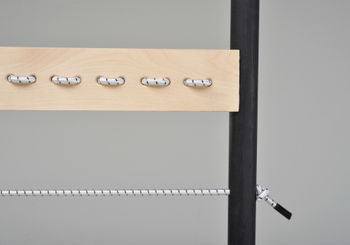
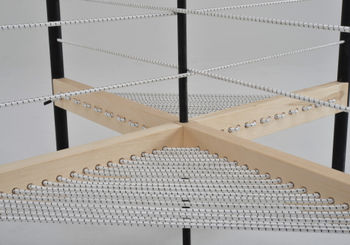
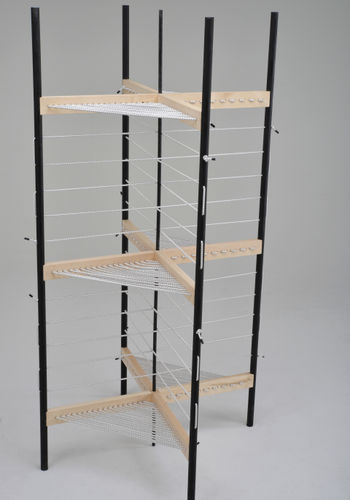
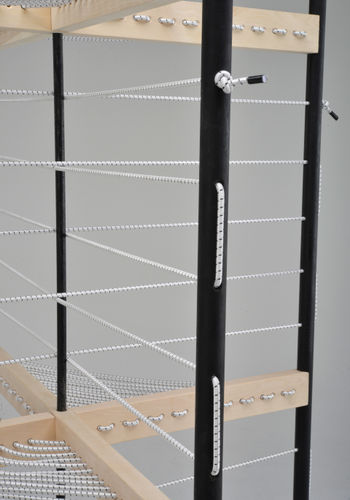


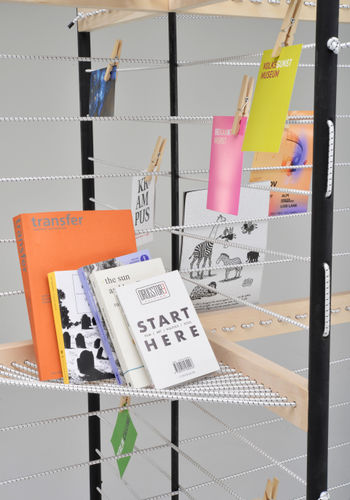
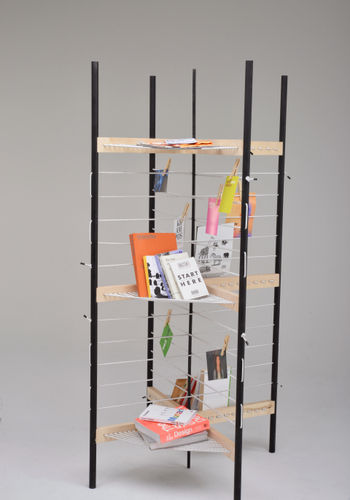
The Migration of Forms
